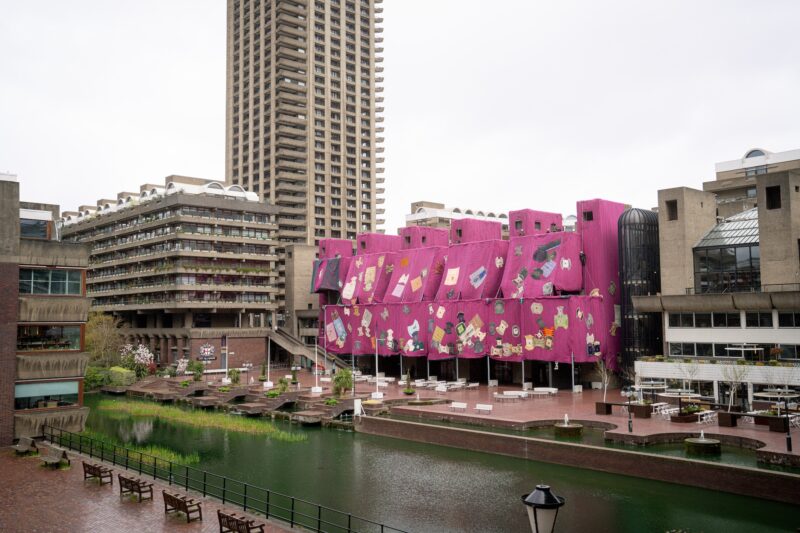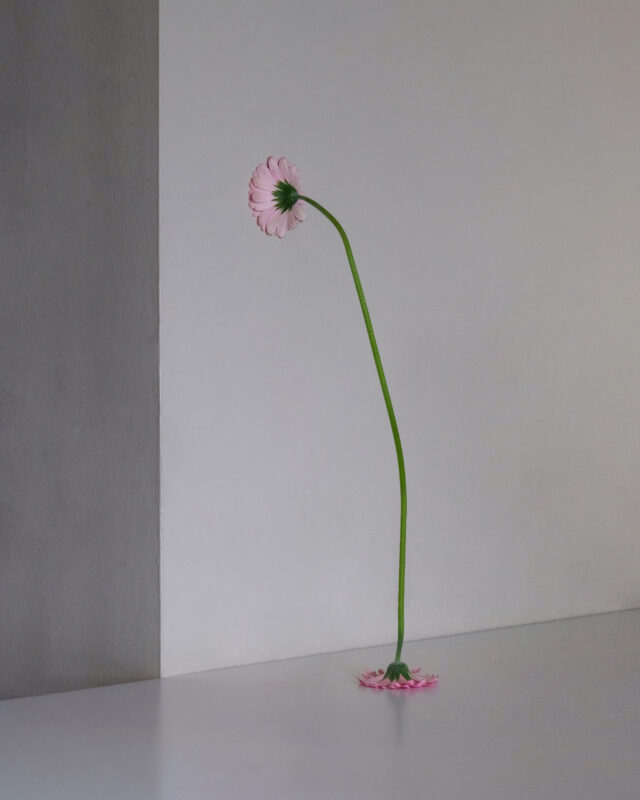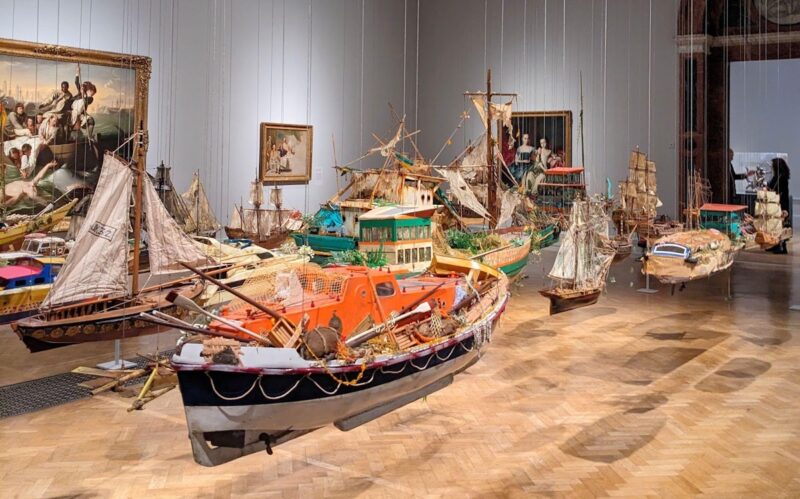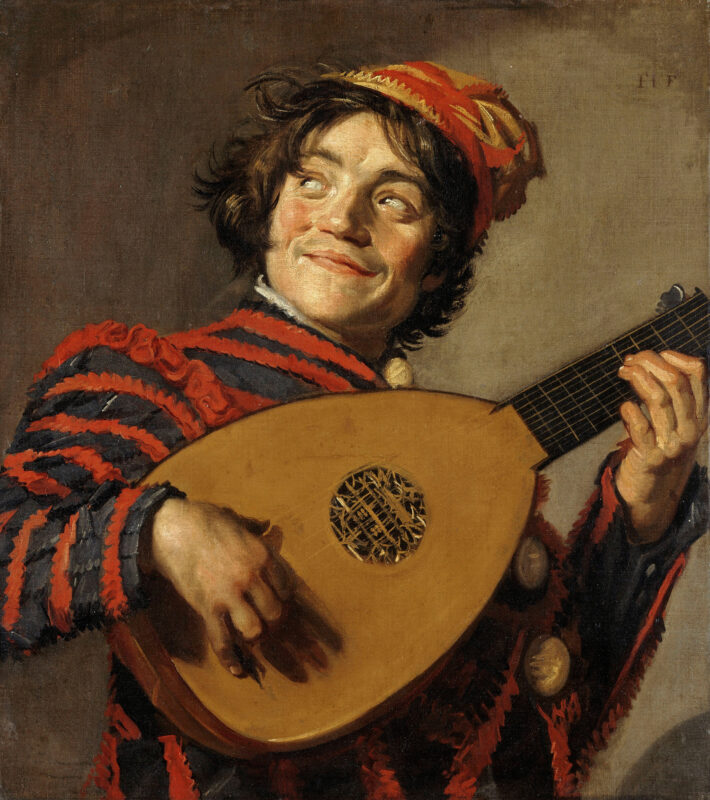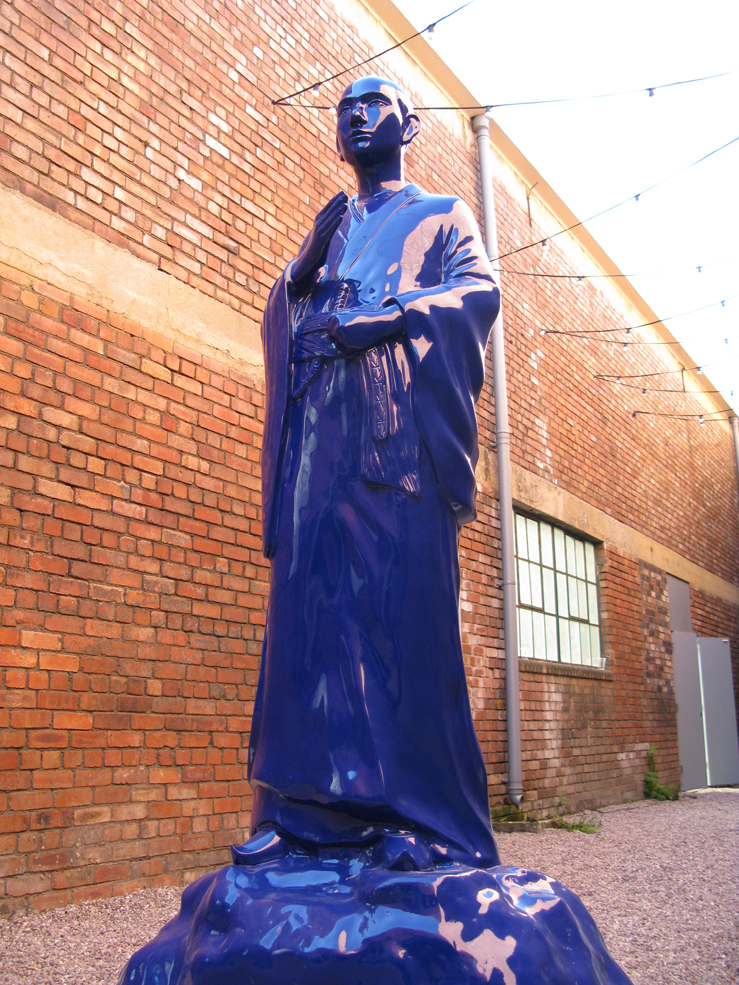
The new ‘Lost and found’ exhibition that is currently showing at Rokeby until the 7th of February has certainly been able to be more adventurous than one might at first think. The size of the gallery can hold about 10-15 artworks, but both the showing of art, and the gallery space have been carefully utilised to prove a point. Jiyoon Lee curates a show with a reason, that is still an artist’s exhibition as well. This is often the line in the sand that in some other exhibitions is either to close to the sea, or to high on the promenade to make it successful for both the artists and curators alike. Lee draws a careful balanced line between the two.
With the space of the gallery in mind, there has been a great deal of discussion about the show behind closed doors , this has allowed ideas to come through what must have been limiting circumstances for the curator. The limitations being the size and shape of physical space in the gallery, against what can only be described as a very large subject matter for the curator, and then still to have the ability to retain the individual voice of each artwork.
Difficult? most certainly, successful? Yes.
Here’s why. Lee is largely involved in Korea’s cultural and artistic westernisation, and the contemporary reintroduction of traditional techniques that slice a line through Korea’s modern cultural dilemmas. She is interested in artists who can stitch the two together and create the dialogue of Korea’s contemporary thought and global value. That’s a big subject for eleven pieces of art to cover. There must have been a temptation to include more.
This is why it works for the artist’s. The work has enough space, and is lit well. Each work fit’s the curatorial reason without losing any of its individual artistic attributes.
The art itself is a breadth of disciplines. The detail of the old techniques application should not go unnoticed in the ceramics of Yee Sookyung, (also the maker of ‘the very best statue, Liverpool’ resin and car paint). Other stand out pieces are Lee Lee Nam ‘The Kumgang mountains’ Video, and Lee Gil Woo’s ‘Irrelevant answer’ Korean paper soldering iron, Indian ink, pigment, mediums, coatings.
It was also worth talking about some of the conversation at the private view as most viewers had been to the Saatchi China show. The consensus prevailed that it was style and production values over content. It was felt by some to have missed the complexity of the real Chinese art world,and as such offered a sanitized, ‘show on the road’ feel, to what after all is a very diverse and increasingly academic arena.
I shall continue to search Jiyoon Lee’s up and coming events in the art press and on the internet. And maybe buy my ticket to the next Saatchi show from The Maddame Tussaudes box office.
